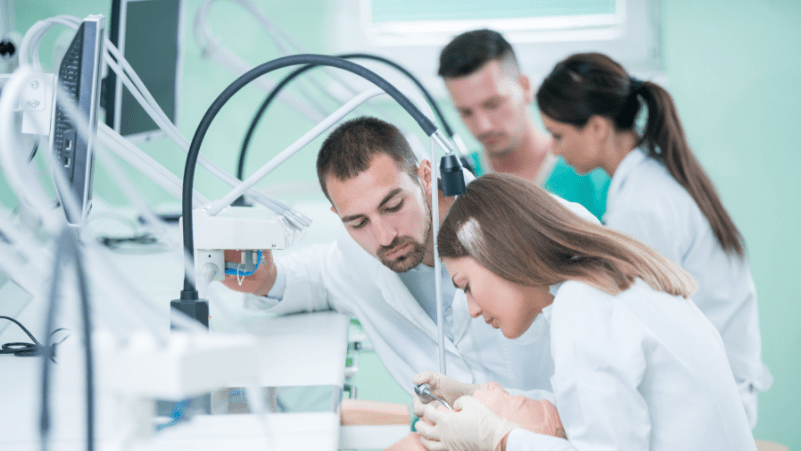This article highlights key medical device regulations to know in 2023 and their implications for the industry.

Table of Contents
In the ever-evolving landscape of healthcare, medical device regulations play a vital role in ensuring the safety, efficacy, and quality of devices used in the diagnosis, treatment, and prevention of diseases.
Medical device regulations play a vital role in protecting patients from unsafe or ineffective devices.
By ensuring that medical devices are properly designed, tested, and marketed, medical device regulations help to promote public health and safety.
Staying abreast of the latest regulations is crucial for manufacturers, healthcare professionals, and patients alike.
What regulations apply to Medical Devices?
Numerous regulations govern medical devices, depending on the region. The regulatory requirements, actions, protocols and guidance documents are different for different regions.
In the United States, the Food and Drug Administration (FDA) regulates medical devices under the Federal Food, Drug, and Cosmetic Act (FD&C Act).
In the European Union, the Medical Device Regulation (MDR) and In Vitro, Diagnostic Regulation (IVDR) establish the framework for device approvals.
Other countries, such as Canada, Australia, and Japan, have their own regulatory bodies and requirements.
Regulatory Controls of Medical Devices
Medical device regulations typically cover aspects such as pre-market approvals, post-market surveillance, quality management systems, labeling, and adverse event reporting.
Pre-market controls involve conducting clinical trials, demonstrating safety and efficacy, and obtaining necessary certifications.
Post-market controls encompass monitoring device performance, addressing complaints, and conducting periodic safety assessments.
Quality management systems ensure consistent manufacturing practices and adherence to standards. Proper labeling is crucial to convey essential information to healthcare professionals and patients.
Regulatory Landscape
In 2023, the following regulations/trends are shaping the medical device industry:-
Implementation of the European Medical Device Regulation (MDR)
The MDR, which came into effect in 2017, has a transition period ending on 31 December 2027 or 31 December 2028, as applicable, Manufacturers must ensure compliance with the new requirements, including stricter classification rules, enhanced post-market surveillance, and increased transparency.
Focus on AI/ML: With the increasing connectivity of medical devices, ensuring robust AI/ML measures is a priority.
FDA released Marketing Submission Recommendations for a Predetermined Change Control Plan for Artificial Intelligence/Machine Learning (AI/ML)-Enabled Device Software Functions.
Harmonization of international standards: IMDRF announced Principles and Practices for the Cybersecurity of Legacy Medical Devices emphasizing cybersecurity risk assessments, incident response plans, and vulnerability management strategies to protect patient data and device functionality.
Conclusion
In the ever-changing healthcare landscape, being informed about medical device regulations is crucial .
Key changes in 2023 include full implementation of the European Medical Device Regulation (MDR), increased focus on AI and ML in devices, and international standards harmonization for cybersecurity in legacy devices.
To succeed, medical device stakeholders must prioritize compliance and patient safety while promoting innovation.
This way, they can navigate regulations effectively and contribute to advancing healthcare in a dynamic world.
How Can RegDesk Help?
RegDesk is a holistic Regulatory Information Management System that provides medical device and pharma companies with regulatory intelligence for over 120 markets worldwide. It can help you prepare and publish global applications, manage standards, run change assessments, and obtain real-time alerts on regulatory changes through a centralized platform. Our clients also have access to our network of over 4000 compliance experts worldwide to obtain verification on critical questions. Global expansion has never been this simple.


